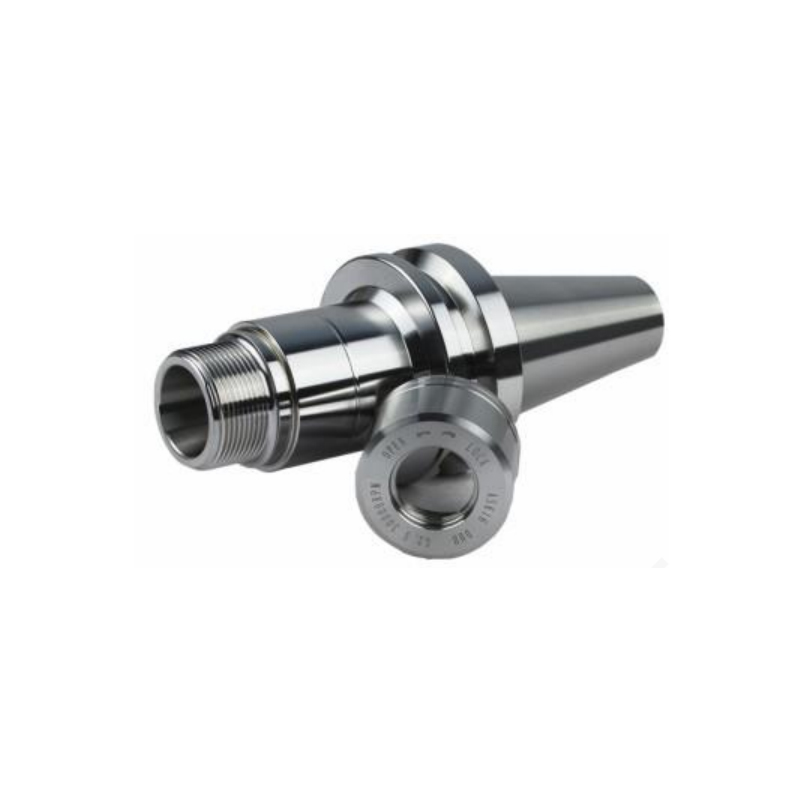In recent years, the conversation around sustainable architecture has evolved significantly, with a growing emphasis on not just environmental impact but also human health. As we spend approximately 90% of our lives indoors, the materials we choose for construction play a crucial role in our well-being. This article delves into the healthiest building materials available today, examining their benefits, applications, and the science behind their health-promoting properties.
Understanding the Importance of Healthy Building Materials
The concept of healthy building materials extends beyond mere aesthetics or structural integrity. It encompasses a range of factors including indoor air quality, thermal comfort, moisture control, and the overall environmental footprint of the materials used. Traditional building materials often contain harmful chemicals and volatile organic compounds (VOCs) that can lead to respiratory issues, allergies, and other health problems. Therefore, selecting materials that promote a healthier indoor environment is essential for both occupants and the planet.
Top Healthy Building Materials
- Bamboo
Bamboo is one of the fastest-growing plants on Earth, making it a highly sustainable choice. It has a high strength-to-weight ratio, making it an excellent alternative to traditional hardwoods. Bamboo is naturally resistant to pests and mold, which contributes to better indoor air quality. Additionally, its rapid growth cycle means that it can be harvested without depleting resources, making it an eco-friendly option. - Reclaimed Wood
Reclaimed wood is salvaged from old buildings, barns, and other structures, giving it a second life while reducing the demand for new lumber. This material not only adds character and warmth to spaces but also minimizes the carbon footprint associated with logging and processing new wood. When properly treated, reclaimed wood can be free from harmful chemicals, making it a safe choice for indoor environments. - Hempcrete
Hempcrete is a biocomposite made from hemp hurds and lime. It is lightweight, insulating, and has excellent moisture-regulating properties. Hempcrete is also non-toxic and free from harmful chemicals, making it a safe choice for residential and commercial buildings. Its ability to absorb CO2 during the curing process further enhances its sustainability credentials. - Cork
Cork is harvested from the bark of cork oak trees without harming the tree itself, making it a renewable resource. It is naturally resistant to mold, mildew, and pests, contributing to healthier indoor air quality. Cork also provides excellent thermal and acoustic insulation, making it a versatile choice for flooring and wall applications. - Low-VOC Paints and Finishes
While not a building material in the traditional sense, the paints and finishes used in a building can significantly impact indoor air quality. Low-VOC (volatile organic compounds) paints and finishes reduce the emission of harmful chemicals, making them a healthier choice for both occupants and the environment. These products are available in a wide range of colors and finishes, allowing for aesthetic flexibility without compromising health.
The Role of Natural Insulation Materials
Natural insulation materials such as sheep's wool, cellulose (made from recycled paper), and straw bales are gaining popularity for their health benefits and sustainability. These materials provide excellent thermal performance while being free from harmful chemicals. For instance, sheep's wool can absorb moisture and regulate humidity levels, contributing to a healthier indoor environment.
The Future of Healthy Building Materials
As the demand for sustainable and health-conscious construction continues to rise, the market for innovative building materials is expanding. Advances in technology are leading to the development of new materials that not only meet structural and aesthetic needs but also prioritize occupant health. For example, bio-based composites and smart materials that adapt to environmental conditions are on the horizon, promising even greater benefits for indoor air quality and overall well-being.
Conclusion
Choosing the healthiest building materials is not just a trend; it is a necessity for creating spaces that promote well-being and sustainability. By prioritizing materials like bamboo, reclaimed wood, hempcrete, cork, and low-VOC finishes, architects and builders can contribute to healthier indoor environments while minimizing their ecological footprint. As we move toward a more health-conscious future, the integration of these materials into our buildings will play a pivotal role in enhancing the quality of life for all occupants.




